Beyond the Arch: Understanding the Anatomy of Your Feet
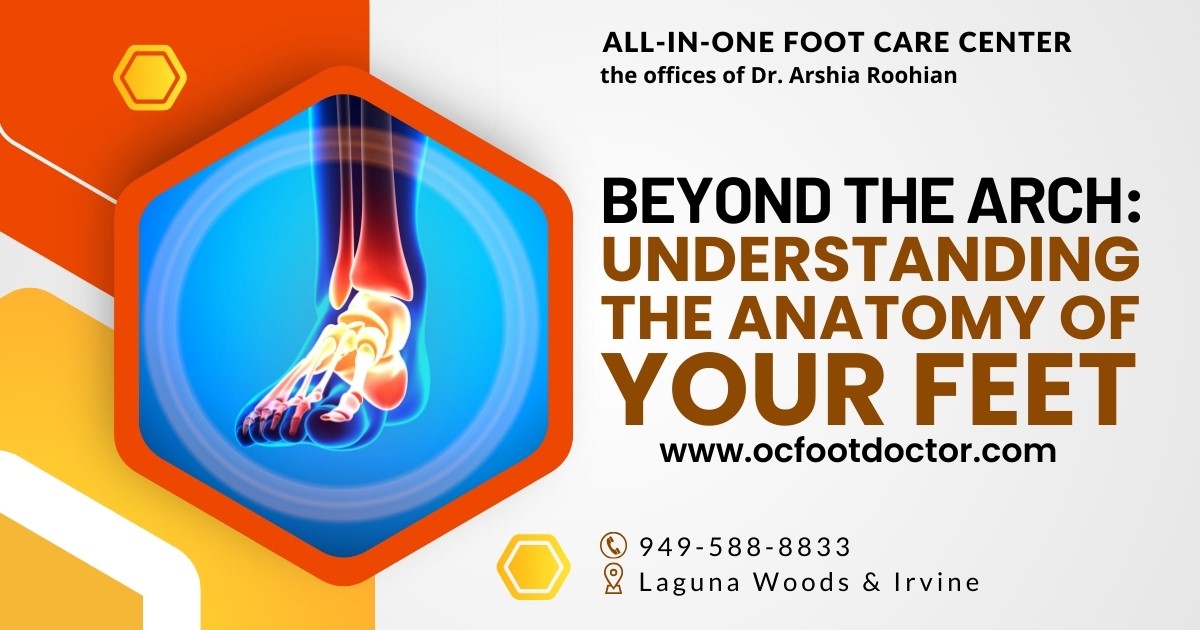
Greetings, curious minds and foot enthusiasts! Today, let's embark on a fascinating journey into the intricate world beneath your ankles – the anatomy of your feet. Understanding the structures that make up your feet is not just for anatomy buffs; it's a key to unlocking the secrets of foot health. In this blog, we'll break down the anatomy of the foot, shedding light on the role of different structures and how they contribute to the overall well-being of your feet.
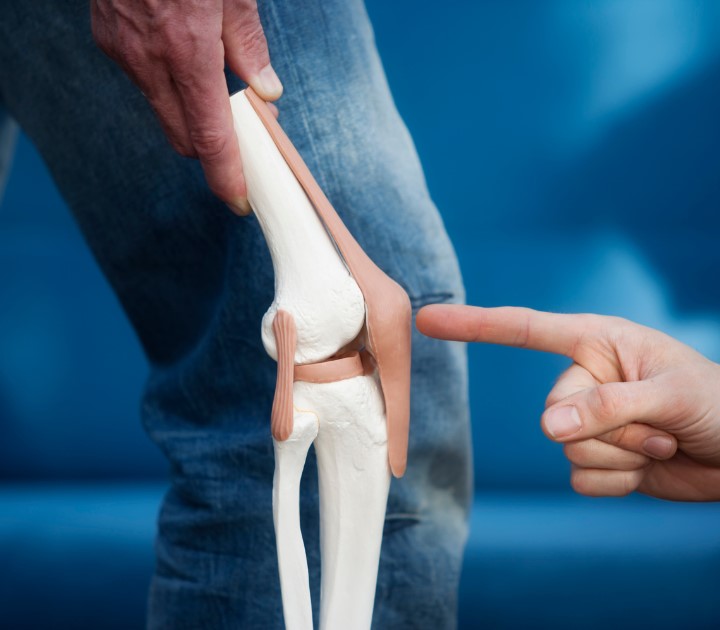
1. The Foundation: Bones and Joints
a. Tarsal Bones:
Your foot is a complex structure comprised of 26 bones. The tarsal bones, including the calcaneus (heel bone), talus, navicular, cuboid, and three cuneiform bones, form the foundation, providing stability and support.
b. Metatarsal Bones:
Five metatarsal bones extend from the tarsals to the toes, forming the arch of the foot. These bones help distribute the body's weight and absorb shock during movement.
c. Phalanges:
The toes are made up of phalanges – three for each toe except the big toe, which has two. The metatarsophalangeal joints connect the metatarsals to the phalanges, facilitating movement.
d. Joints:
Various joints, including the ankle, subtalar, and metatarsophalangeal joints, contribute to the foot's range of motion. Ligaments and tendons provide stability and allow controlled movement.
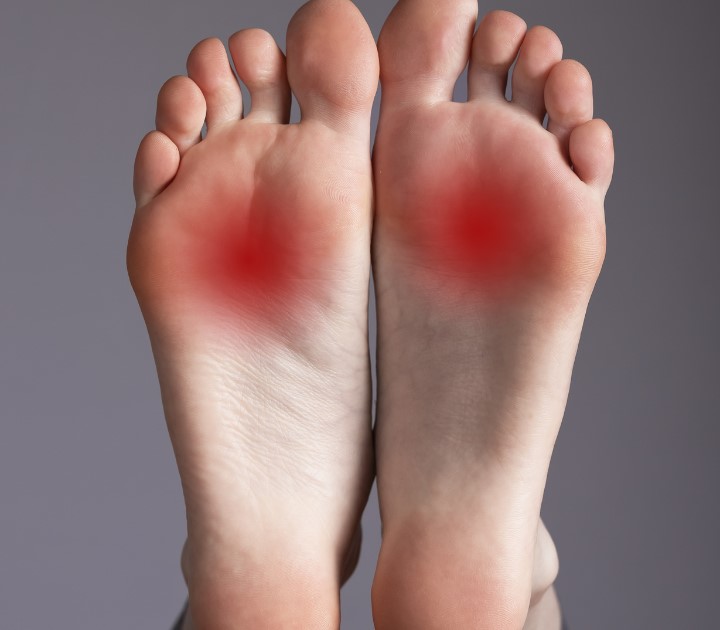
2. The Architectural Marvel: Arches of the Foot
a. Medial Longitudinal Arch:
This arch runs along the inner side of the foot, from the heel to the ball of the foot. It helps distribute body weight and absorbs shock during activities like walking and running.
b. Lateral Longitudinal Arch:
Running parallel to the medial arch, the lateral arch extends along the outer edge of the foot, providing additional support and flexibility.
c. Transverse Arch:
This arch runs across the midfoot, adding strength and stability to the foot's structure.
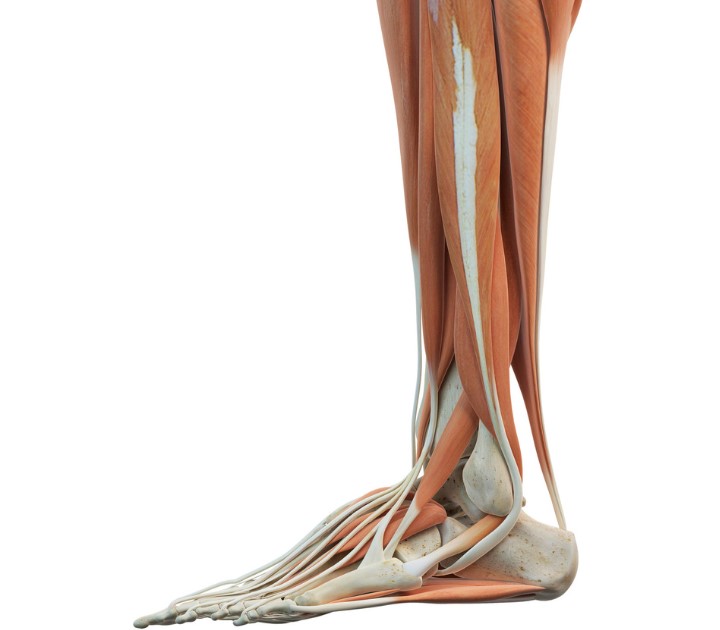
3. The Shock Absorbers: Muscles and Fat Pads
a. Intrinsic Muscles:
Small muscles within the foot help control movement and provide dynamic support to the arches.
b. Extrinsic Muscles:
Muscles originating in the leg and crossing the ankle joint contribute to foot movement and stability.
c. Fat Pads:
Fat pads, particularly in the heel and ball of the foot, act as natural shock absorbers, cushioning the impact of each step.
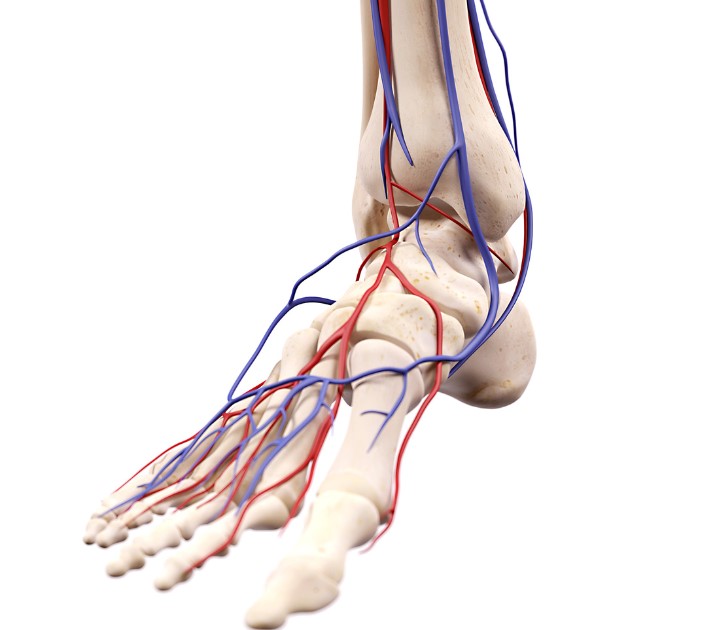
4. The Lifelines: Blood Vessels and Nerves
a. Blood Vessels:
Arteries and veins supply the foot with oxygen and nutrients, playing a vital role in overall foot health.
b. Nerves:
Nerves, such as the tibial and peroneal nerves, provide sensation and control muscle movement. Neuropathy or nerve damage can impact sensation and motor function.
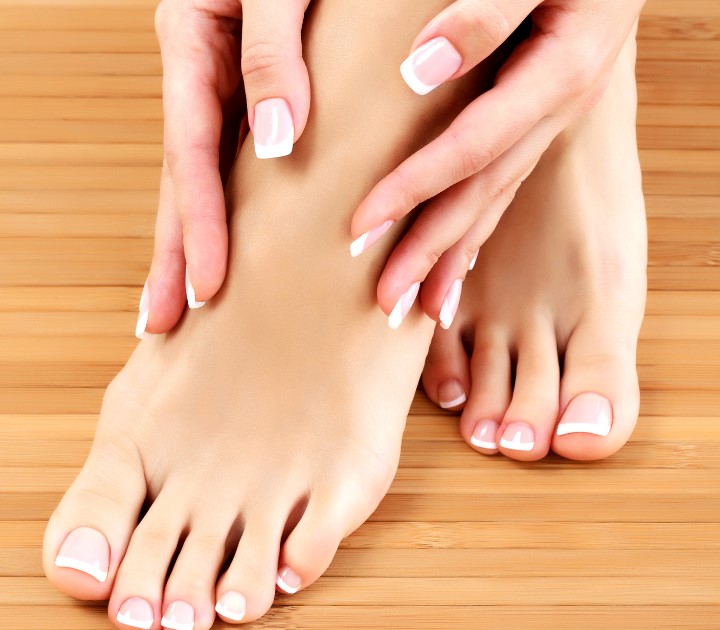
5. The Protective Cover: Skin and Toenails
a. Skin:
The skin on your feet is unique, thicker than elsewhere on the body, and often subject to friction and pressure. Proper hygiene and moisturizing are essential for maintaining healthy skin.
b. Toenails:
Toenails protect the tips of the toes and contribute to the aesthetic appeal of your feet. Proper trimming and care are essential to prevent ingrown nails and other issues.
Conclusion:
Your feet are a marvel of engineering, each component playing a crucial role in supporting your daily activities. By understanding the anatomy of your feet, you gain insight into the intricacies of foot health. Nurture your feet, pay attention to any changes or discomfort, and, when in doubt, seek the guidance of a podiatrist. After all, a deeper understanding of your feet is a step toward a lifetime of happy and healthy walking.
You can contact our office at 949-588-8833 , or visit our website at https://www.ocfootdoctor.com/ Our offices are located in Laguna Hills, Irvine, Mission Viejo, Aliso Viejo, Lake Forest, Foothill Ranch, and Costa Mesa.


